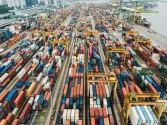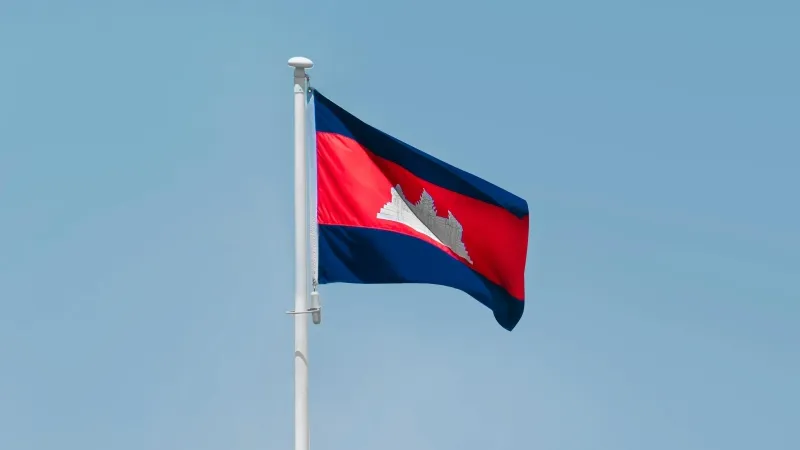
Cambodia urged to rethink its costly LNG ambitions
It should learn from peers who struggle to fuse the costly fuel into their energy systems.
Cambodia should reconsider its plan to build a 900-megawatt liquified natural gas (LNG)-fired power plant in six years, when fuel costs will have likely risen exponentially compared with other clean energy sources, an energy analyst said.
“We estimate that current LNG prices would yield baseload electricity costs of around $0.17 per kilowatt hour (kWh),” Christopher Doleman, an LNG specialist for Asia at the Institute for Energy Economics and Financial Analysis (IEEFA), told Asian Power.
“That is double the rate of Cambodia’s current hydro and coal contracts and over six-fold the price of the country’s cheapest solar projects,” he added.
Cambodia had not used natural gas before a global transition from coal pushed it to work on increasing its renewable energy generation to 70% by 2030, aside from adopting LNG, IEEFA said in a November 2024 report.
Doleman said Cambodia should learn from its regional peers like the Philippines and Vietnam, which are both “grappling with how to integrate the costly fuel into their energy systems.” “Cognizant of this, both countries are paradoxically putting effort into ways to reduce their future reliance on LNG imports whilst they are developing their LNG-to-power pipeline,” he added.
Whilst Cambodia can tap spot markets for LNG, in the past decade, spot prices have fluctuated from $1 to $100 per million British thermal units (MMBtu), or roughly $4m to $375m per shipment of a typical 72,000-tonne LNG cargo, Doleman said.
There are procurement contracts that could reduce the price of LNG, but these come with “take-or-pay” terms, which would force it to buy from the supplier periodically or get penalised, he pointed out.
IEEFA estimates that operating one 900 MW LNG-fired power plant at baseload levels would cost as much as $722m for the fuel, exceeding Cambodia’s coal imports of $555m in 2022.
“As a potential new market entrant with limited bargaining power, uncertain gas requirements, and a lower demand profile, Cambodia could pay a premium to current prices and struggle to access affordable LNG supplies,” Doleman said. “That could lift these costs even higher.”
On the other hand, Paul Everingham, CEO at the Asia Natural Gas & Energy Association, expressed optimism about Cambodia’s LNG goals, with more supply expected as the US resumes export permits under President-elect Donald Trump.
“If you combine countries like Qatar, Australia, and the US — and there'll be other volumes from Africa and the Middle East — then we think the next five years will be a good time to be securing long term volumes of LNG, and that provides an opportunity for Cambodia,” he told Asian Power in an interview.
He said Cambodia might have access to trillions of cubic feet of gas through its overlapping sea claims with Thailand. The disputed area is a 27,000 square kilometre section of the Gulf of Thailand that may contain up to 11 trillion cubic feet of natural gas.
By adding this capacity to the country’s energy mix, which is dominated by oil, “Cambodia has got a really robust, stable energy platform for the future,” Everingham said.
Smaller volumes
But it should work on its import and distribution infrastructure. Everingham said smaller countries entering the LNG market typically start with floating facilities and import volumes of 1 million to 5 million tonnes per annum (MTPA).
This is what First Gen LNG Holdings Corp. did in the Philippines, where it spent $100m to $300m, he pointed out. The cost could go up to $400m as a country consumes more liquefied natural gas or more than 3 MTPA, and builds big baseload onshore terminals, like Japan and South Korea, he added.
Doleman said Cambodia should turn to other energy sources to meet its energy goal, noting that wind and solar energy only make up 5% of the country’s generation.
“Typically, a grid can integrate up to 15% of generation from wind and solar without challenging operations,” he said. “So, with demand growing, there’s ample room for low-cost wind and solar capacity additions to soar and meet rising power demand without impairing electrical reliability.”
Everingham, meanwhile, said LNG could be paired with renewable energy and replace coal, which accounted for almost 17% of Cambodia’s energy mix as of 2022, based on International Energy Agency data.
Everingham said Cambodia should look to Thailand, which is importing more LNG at small volumes at spot cargo prices using floating storage regasification units.
“They're starting incrementally, so they're importing smaller volumes each year, and those volumes grow year by year,” he said. Thailand has a temporary infrastructure and it’s planning to build a permanent infrastructure, port, storage, and transport infrastructure.
“That would be a good example that other Asian countries can copy,” he added.

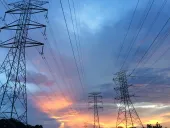
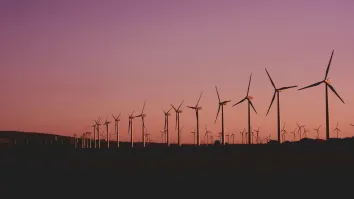







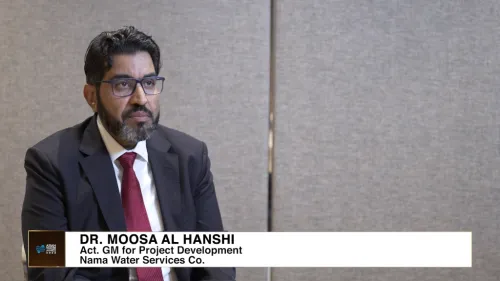

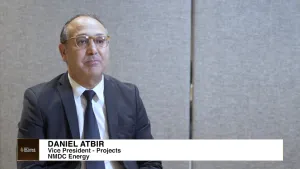


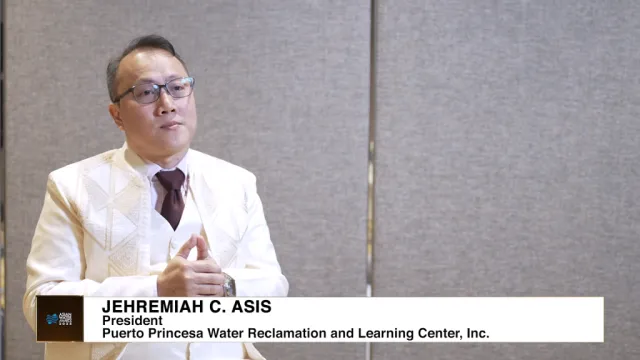
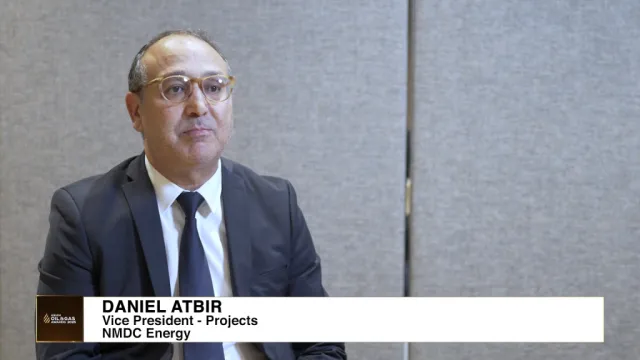


 Advertise
Advertise
